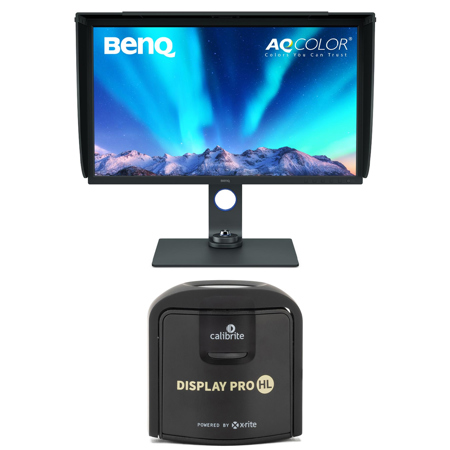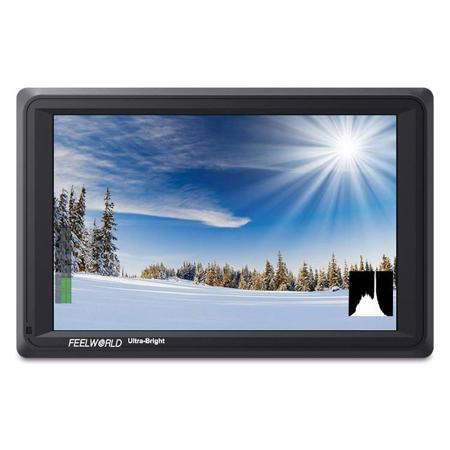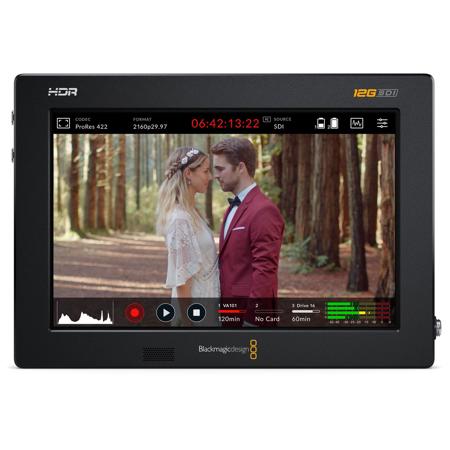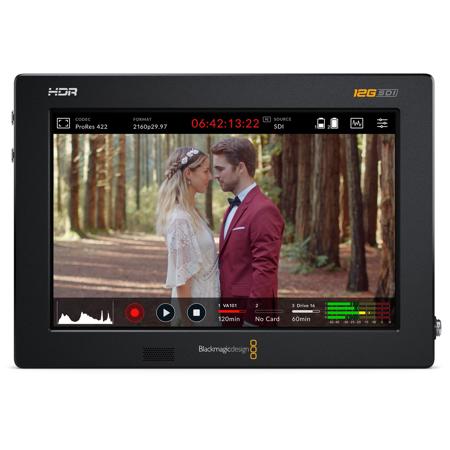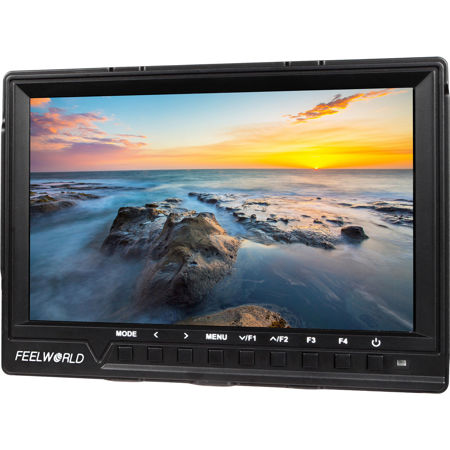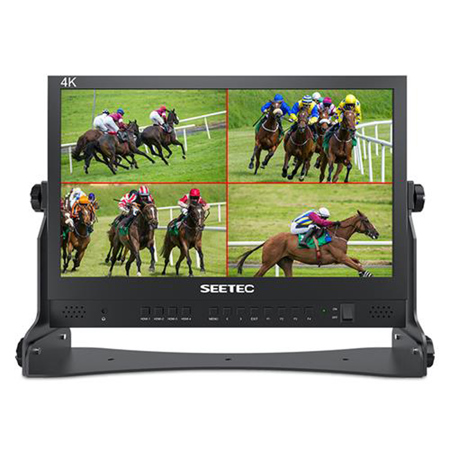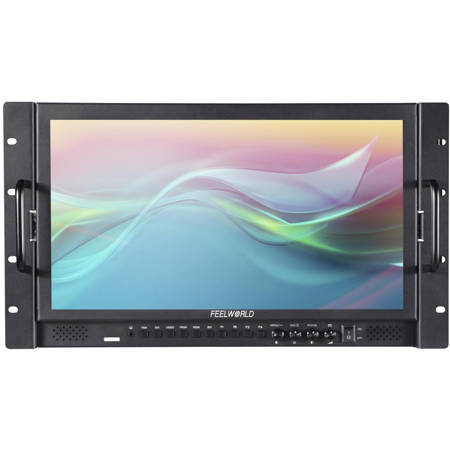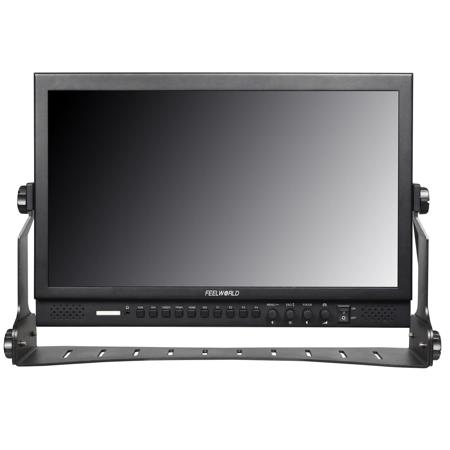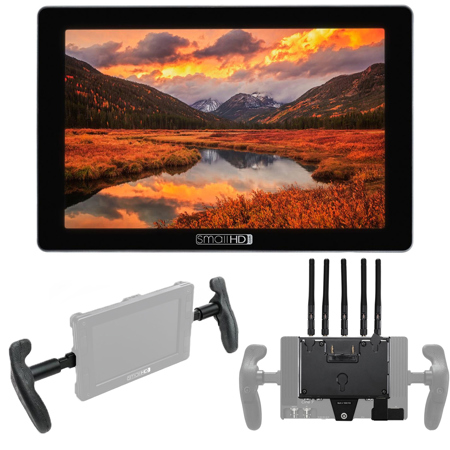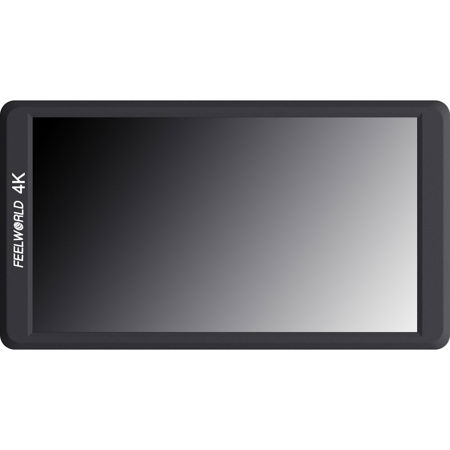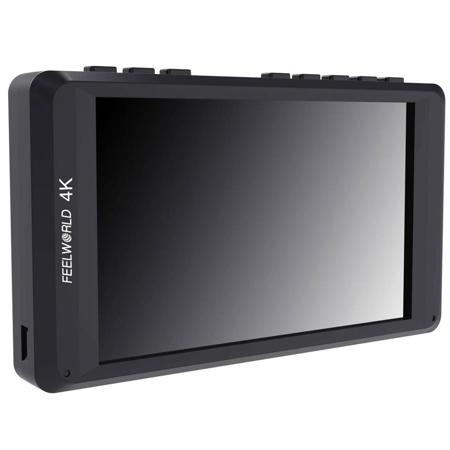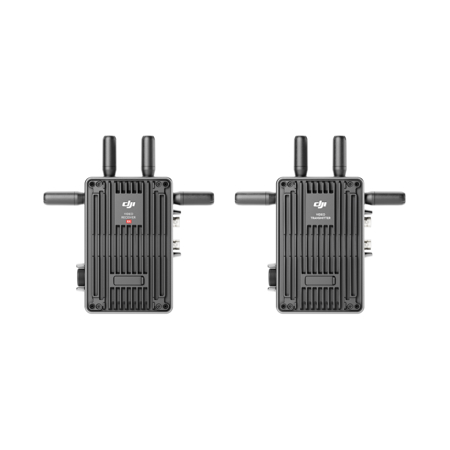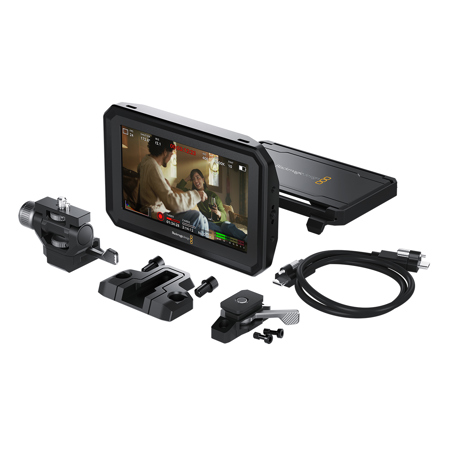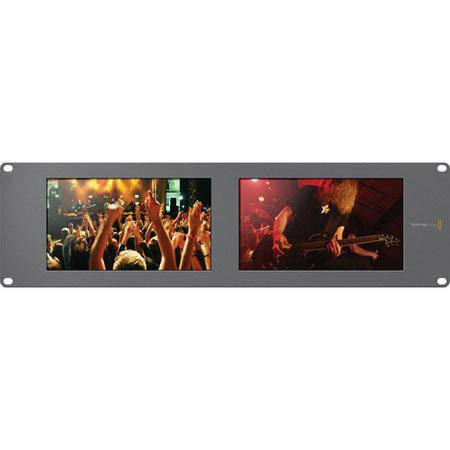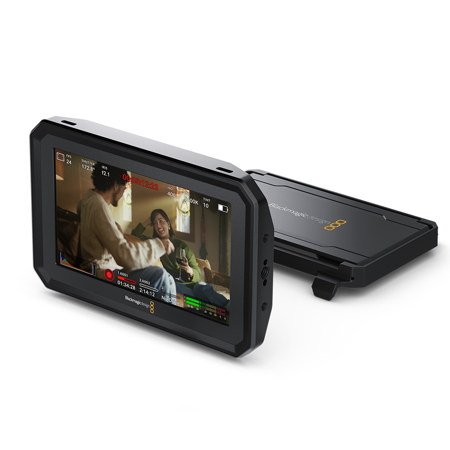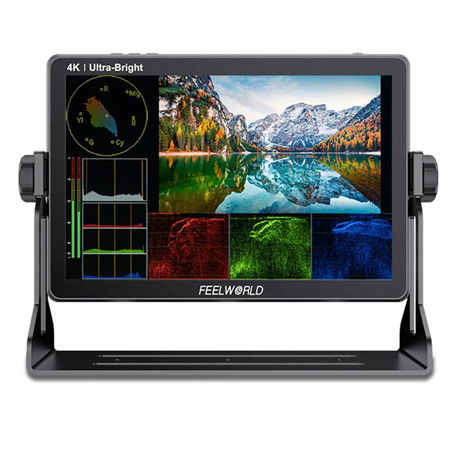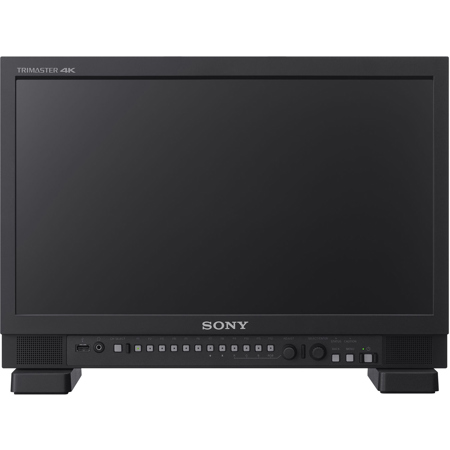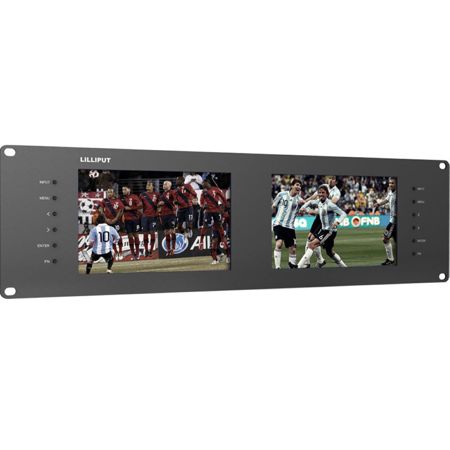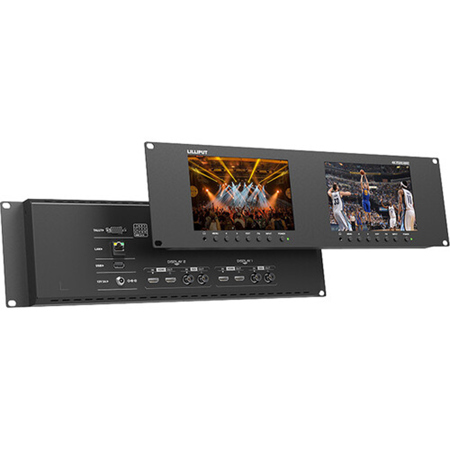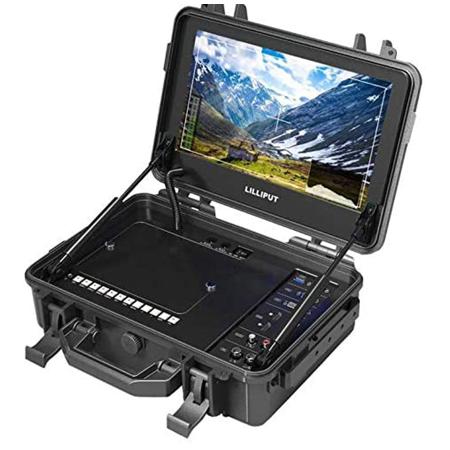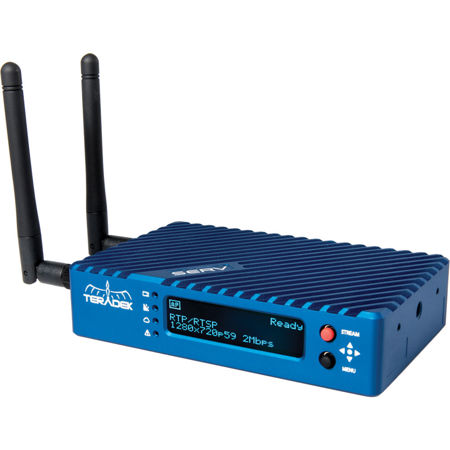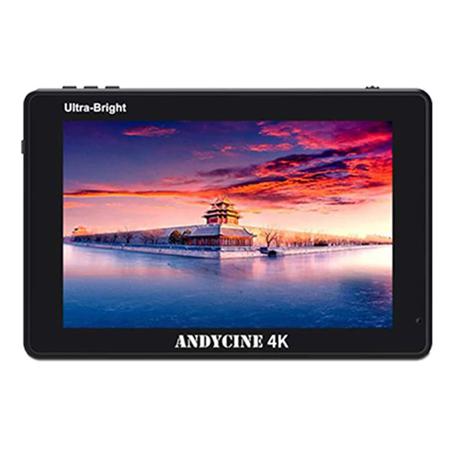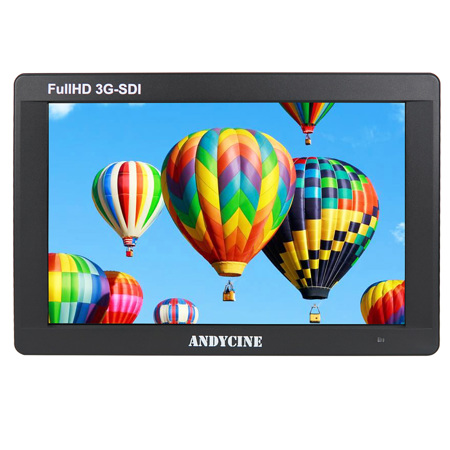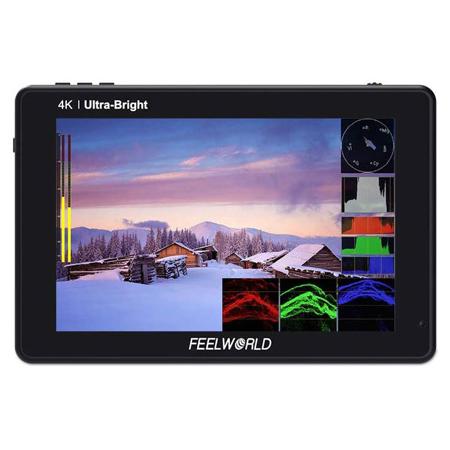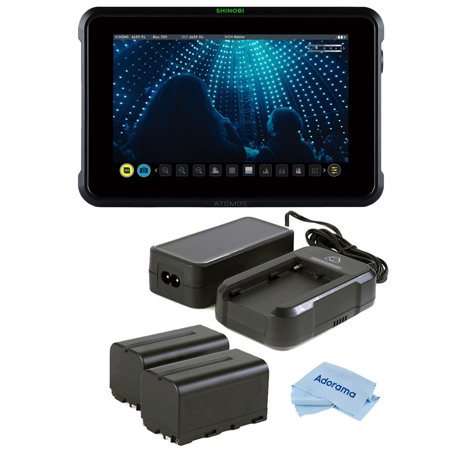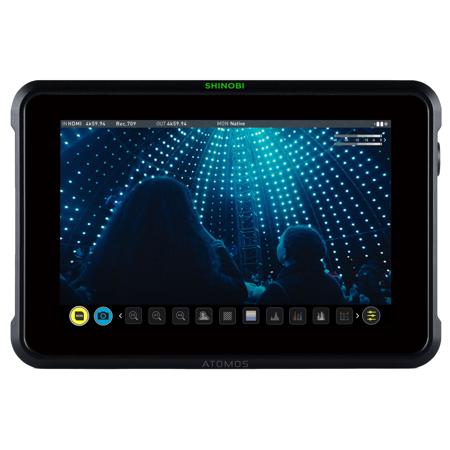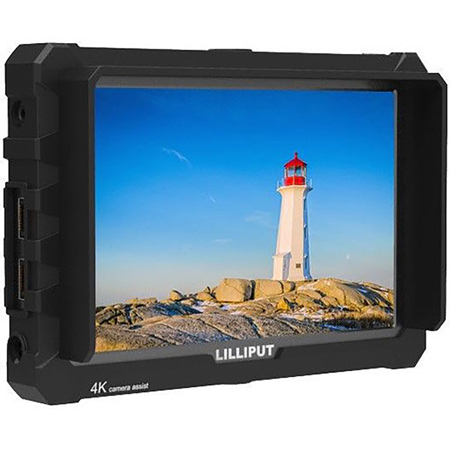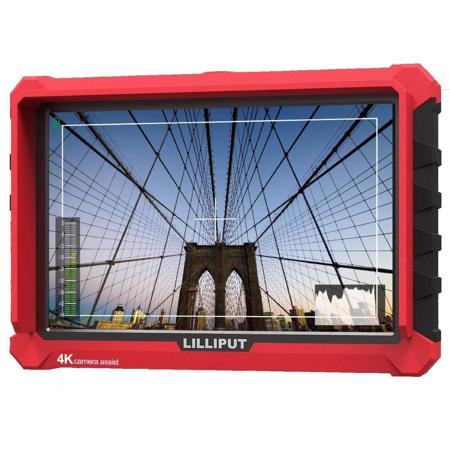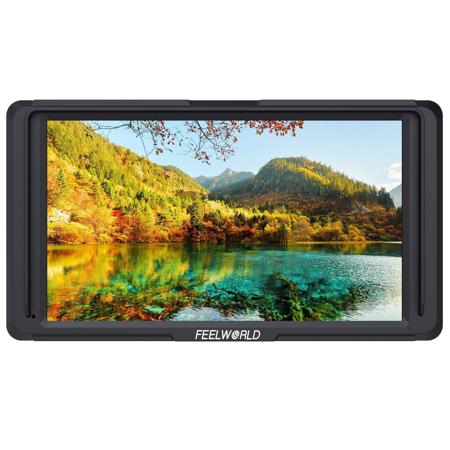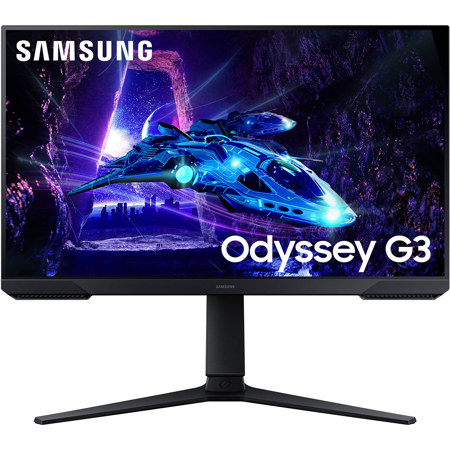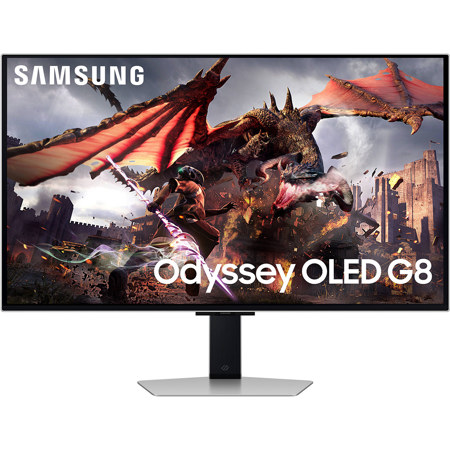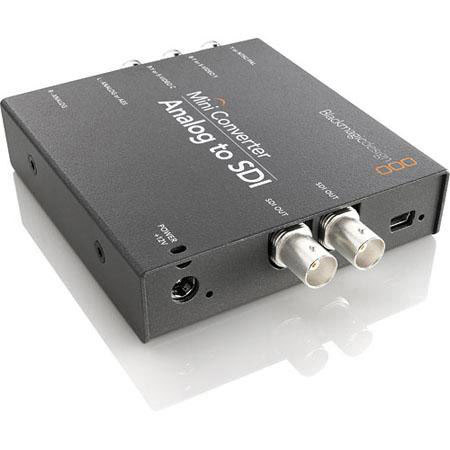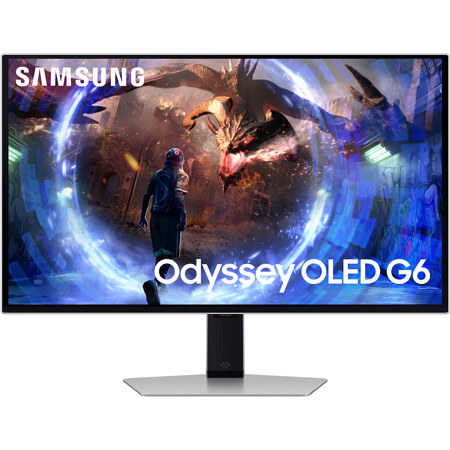Broadcast Video Monitors
In the dynamic and ever-evolving world of video production, the role of a broadcast monitor is pivotal. These specialized displays are crafted to offer unparalleled accuracy in color, contrast, and brightness, ensuring that what you see on screen is a true representation of the final output. This fidelity is crucial, particularly for professionals in broadcasting and filmmaking, where the precision of visual details can make or break the success of a project. As spring ushers in longer days and a renewed sense of creativity, it's an ideal time for production studios and independent filmmakers to upgrade their equipment, ensuring that their projects shine with the vibrancy and clarity that only a top-tier broadcast monitor can provide.
Choosing the right broadcast monitor involves considering several key factors. Size and resolution are paramount; larger screens with higher resolutions provide a more expansive and detailed viewing area, essential for spotting the subtlest nuances in a scene. Connectivity options are also critical, as the monitor needs to seamlessly integrate with existing production equipment. Inputs like HDMI, SDI, and even newer technologies such as Thunderbolt 3 are common and should be matched with your cameras and other output devices. The type of panel technology—whether OLED, LCD, or LED—also affects the monitor's performance, particularly in terms of color accuracy and black levels. For those looking to gift a broadcast monitor, whether to a seasoned professional or a budding filmmaker, consider their specific needs and the kind of productions they are involved with. A documentary filmmaker might prioritize portability and durability, for instance, while a studio editor might look for the highest possible resolution and color fidelity.
As the seasons change and more filmmakers venture outdoors, the demand for durable and portable monitors increases. These monitors not only need to perform well in studio settings but must also withstand the challenges of outdoor shooting—extreme temperatures, variable lighting conditions, and the occasional rain shower. For those who find themselves needing a slightly different solution, perhaps something more suited to a home or casual environment, TV Monitors might be an appropriate alternative. They offer many similar features but are tailored more towards consumer use and environments. Whether you're setting up a home studio, a professional broadcast suite, or simply gifting to help someone start their journey in video production, understanding these nuances and requirements will guide you to the perfect choice, ensuring that every frame is captured just as intended.
Choosing the right broadcast monitor involves considering several key factors. Size and resolution are paramount; larger screens with higher resolutions provide a more expansive and detailed viewing area, essential for spotting the subtlest nuances in a scene. Connectivity options are also critical, as the monitor needs to seamlessly integrate with existing production equipment. Inputs like HDMI, SDI, and even newer technologies such as Thunderbolt 3 are common and should be matched with your cameras and other output devices. The type of panel technology—whether OLED, LCD, or LED—also affects the monitor's performance, particularly in terms of color accuracy and black levels. For those looking to gift a broadcast monitor, whether to a seasoned professional or a budding filmmaker, consider their specific needs and the kind of productions they are involved with. A documentary filmmaker might prioritize portability and durability, for instance, while a studio editor might look for the highest possible resolution and color fidelity.
As the seasons change and more filmmakers venture outdoors, the demand for durable and portable monitors increases. These monitors not only need to perform well in studio settings but must also withstand the challenges of outdoor shooting—extreme temperatures, variable lighting conditions, and the occasional rain shower. For those who find themselves needing a slightly different solution, perhaps something more suited to a home or casual environment, TV Monitors might be an appropriate alternative. They offer many similar features but are tailored more towards consumer use and environments. Whether you're setting up a home studio, a professional broadcast suite, or simply gifting to help someone start their journey in video production, understanding these nuances and requirements will guide you to the perfect choice, ensuring that every frame is captured just as intended.
